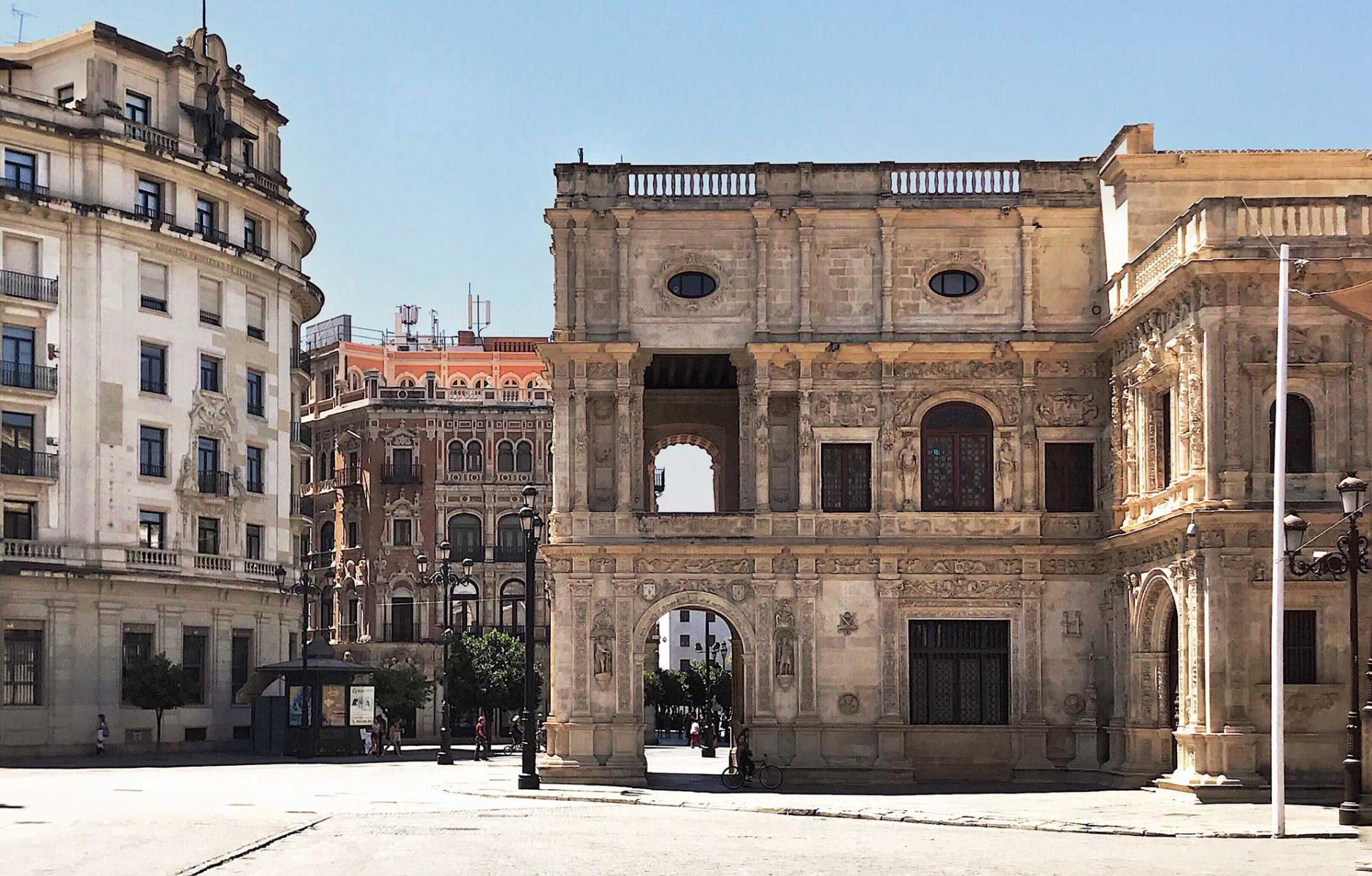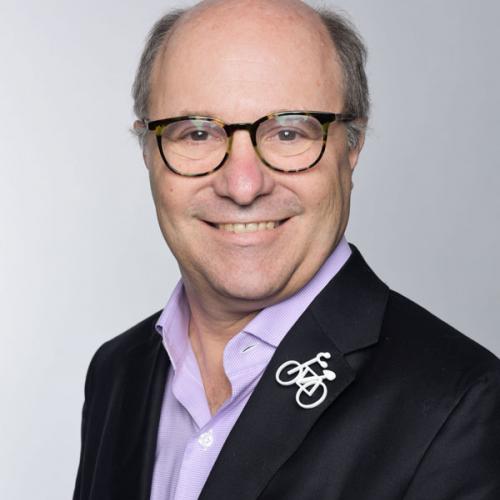
Thoughts about urbanism and architecture in the face of COVID-19
At some point we will re-emerge from our quarantines—even those of us that take seriously the threat of this virus. Tentatively at first, we will increasingly find ourselves in public or semi-public spaces. If and when treatments and vaccines come on-line, we will become less fearful of elevators and public transit. We will stop wearing masks in public. We will go back to restaurants and (hopefully) re-inhabit public spaces. Oil prices will rise.
But what changes can we expect, if any, in both our cities and buildings?
There is no shortage of predictions. Many of these prognostications reflect the authors’ built-in biases. For example, those who have previously held a “no growth” point of view now argue that the virus proves we should be moving to less density and less transit. That argument has already been made for places like Los Angeles. However, we know already that urban density is not in and of itself, the key to the spread of virus. There is indication that crowding (how many people are there per room in a home or at an event), and not density (how many units are there per acre), is more predictive of virus spread. Crowding is more a function of income, job description (working in a meat-packing plant, for example) or, in some cases behavioral choices, (e.g., the choice to attend Mardi Gras celebrations in New Orleans, large funeral gatherings in Brooklyn, or beach parties anywhere).
Others are looking at more subtle changes for example with living spaces that provide for work-at-home spaces. Some have predicted that the market for office space will be reduced due to so many who will at times still work from home, while others have argued that such a reduction will be offset by the need for larger areas per person. At the most tactile scale, we may even find brass handrails and door handles (copper and its alloys are naturally hostile to viruses) making a return to public buildings, and no touch elevators and door openers will likely become the norm. While there has been a concern expressed about elevators, that concern is probably not warranted by the science, though the perception still remains.
I do believe that the movement towards healthy or “well buildings” will accelerate. Not only will we likely see an increased push to state-of-the art-air filtration systems, but at a more basic level, we are likely to see bathrooms or at least hand washing stations adjacent to the lobbies of multi-family housing and office structures. Open stairways leading to the second and third floors will encourage healthier habits while minimizing reliance on elevators. In senior buildings a movement to include exam rooms as one of the community spaces, may become the norm.
From the perspective of urbanism, it almost goes without saying that we humans are a social species. This is characteristic is part of our DNA—literally. In fact, this need to gather for no other reason than to connect with others, is part of the dilemma we face in reducing the threat of the virus. In late April, early in the shutdown, on a warm weekend in Southern California, one could already find its beaches filled with folks disobeying these simple safety precautions. These beach-goers were not protesting governmental overreach. Rather, they were simply desirous of being in a public setting. Personally, I am looking forward to eating in crowded restaurant, once again.
Sociable environments are not necessarily those that are denser, though density can play a supportive role. As anyone who has ever lived in one can attest, high-rise buildings are not inherently more social than buildings of fewer floors or building types that are less dense. Christopher Alexander advocated for buildings that were no taller than four-stories, as that was the maximum height that a person standing at a window on a balcony could still be heard by a pedestrian on the ground. Front-porches, balconies, and terraces are all the kind of spaces getting a lot of use during this period of sequestration as they allow a public life, but at distance.
At the same time, we are also a walking species. We evolved to walk. Evidence suggest that our pre-historic ancestors may have walked as much as six-to nine-miles per day! Thus, it is not surprising that the other public health crisis we are experiencing (besides the virus), obesity with its links to heart disease, cancer and diabetes—the result of sitting and inactivity—won’t be solved by a vaccine. An urbanism and an architecture that does not support walking will only exacerbate this other epidemic.
If there is any good news, it is in the prolific number of reports of folks across the country rediscovering their neighborhoods. The moderate density neighborhood that supports walking, provides eyes on the street (in the form of porches and balconies), and small and local bodegas (with take-out only and a minimum number of people in the store at any one time), seem to be the salve for many of the wounded souls locked away in their homes. For urbanists, if there is a silver-lining in the misery of the COVID-19 epidemic, it is that cities across the world are taking a serious look at temporarily cutting back on the number of lanes of their street networks devoted to moving motor vehicles, and reclaiming that space for bicycles, and pedestrians. Parklets are sprouting up in places that had been resistant, as local businesses are now more concerned with folks having room to dine at a social distance than they are about a convenient parking space.
It is easy to imagine that city dwellers will find these tactical shifts in street demarcations to be so enjoyable that some of these changes may become permanent. Recognizing that reducing lanes or even closing streets does not necessarily result in any overall reduction in traffic, but a shifting to other streets (pedestrian-only streets have a tendency to be flanked by parallel streets that can often be understood as automobile sewers), these permanent changes would have to be accompanied by other methods to reduce overall vehicle use, (for instance with a more robust and finely-grained mix of uses). This newly found public space may make it easier to patronize the small and local bodegas, who are surviving now with take-out only and a minimum number of people in the store at any one time.
Given the scale of our metropolitan areas we cannot have a walkable urbanism without a complimentary transit-supportive urbanism. However, being in closely packed quarters for extended periods of time is probably the most difficult of our challenges going forward. Masks and gloves may be required of all passengers for the near future. We will need extensive study for best practices for transit riders and operators going forward, because not using transit at all is no longer possible in many of our cities (where parking has been scaled-back), nor is the exclusive use of Single-Occupancy Vehicles a healthy alternative. It maybe that transit itself does not make a full recovery until medicine has made significant strides in overcoming the virus and prices at the gas pump make a corresponding return to normal.
When that happens, one hopes that a few of the adaptations that we have made on a temporary basis will become permanent, i.e., that this forced experiment with tactical urbanism on a continental scale will leave a legacy in the physical manifestation of the public realm.




